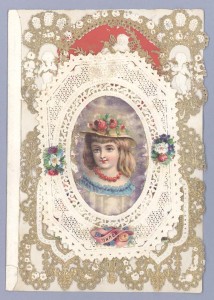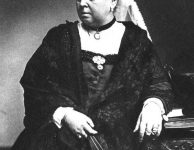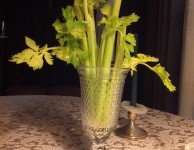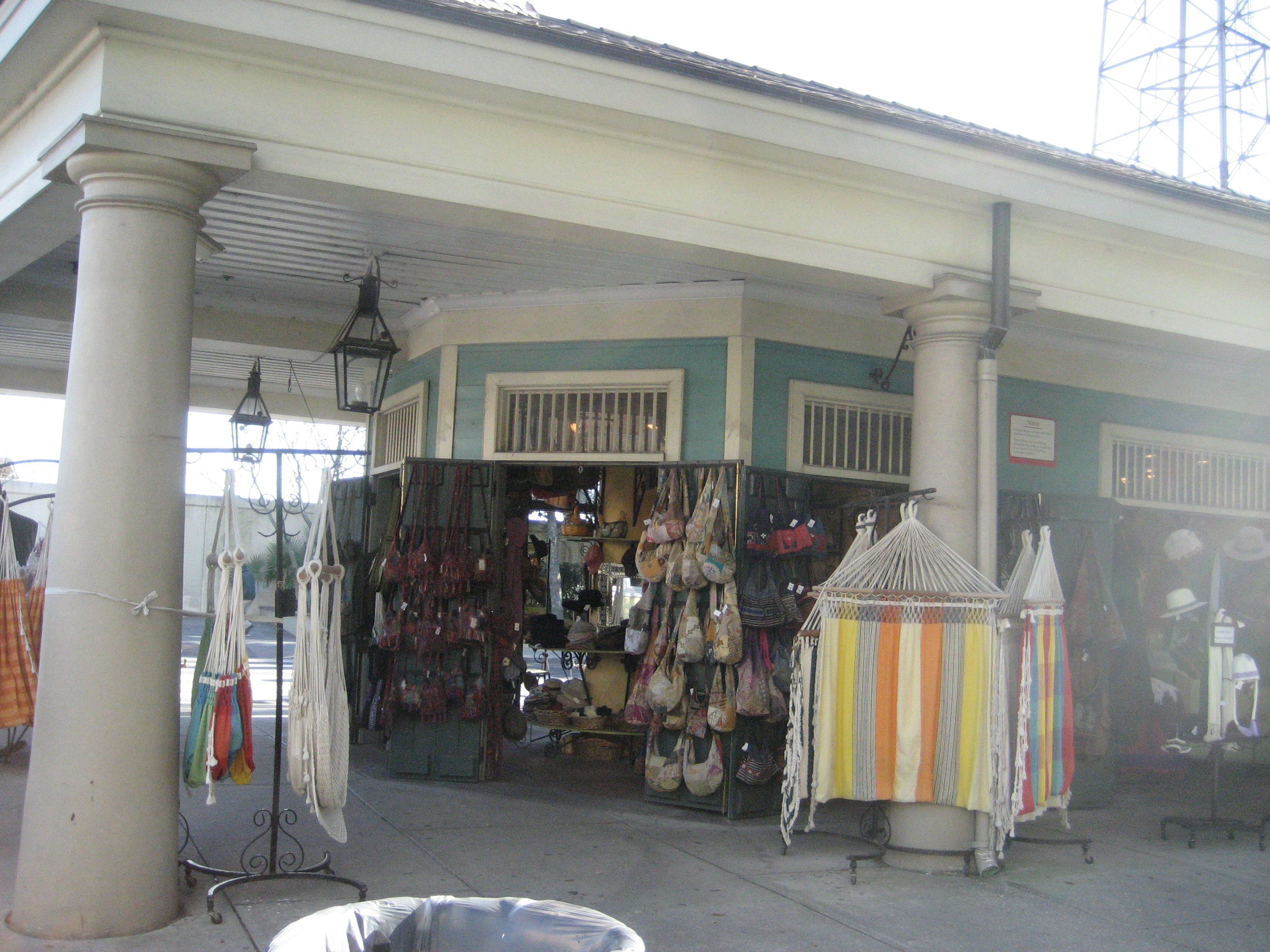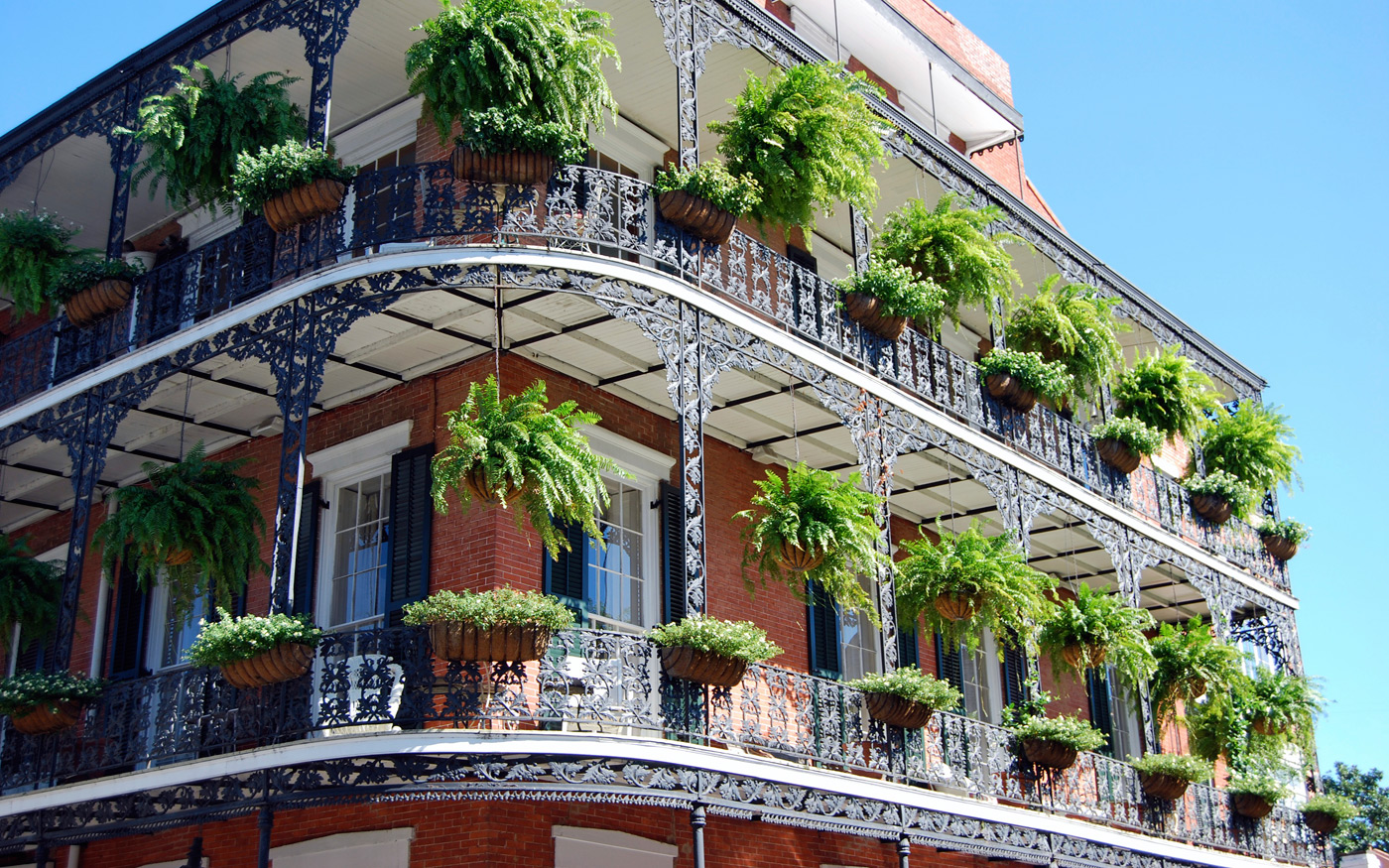Lace Valentines Win Victorian Hearts
No one knows what swain or maiden fair wrote the first Valentine. Letters filled with sweet verse circulated in England as early as the 1700s.
But we owe the huge popularity of these love notes to a new law passed purely for the good of commerce—the penny post. In 1840, England standardized postal rates. Anyone could afford to send a Valentine for one penny.
And send them they did. In 1841, 400,000 Valentines traveled by post across England. Thirty years later, the General Post Office in the city of London alone handled more than one million.
Commercial printers capitalized on this happy trend in both England and America by producing a variety of printed cards sold at stationers. The popularity of these love messages intensified after the Civil War. New Yorkers sent 86,000 in 1866.
With their penchant for embellishment, the Victorians took Valentines to new heights. Both men and women began making their own Valentines. At a stationer’s shop, they bought blank cards, colored pictures of cupids, nymphs, hearts, flowers and angels. Ribbons, seashells, and silk flowers were additional adornments. Hugely popular was paper lace, in patterns copied from real lace, then pressed by machinery. They could even purchase the printed sentiment of their choice, such as “Be Mine.”
A New England miss named Esther Howland is credited with bringing lace-frilled cards to America. She received a fancy card from England in 1848 and quickly took up the design and production of similar Valentine cards. Her father owned a stationer’s shop in her hometown of Worcester, Massachusetts. She made some Valentines in the English manner with lots of paper lace and sent her brother, the stationer’s salesman, out to show the samples. He returned with 5,000 orders.
She bought paper lace from England—not manufactured yet in America—and hired her friends to help her produce these on the third floor of the family home in Worcester. Howland even created an assembly line for production way ahead of Henry Ford.
She incorporated two years later as the New England Valentine Company, which she ran for 40 years before selling it in 1888. Her success earned her the title, “Mother of the Valentine.”
The photo of an original Esther Howland card embellished with paper lace is courtesy of the VintageValentineMuseum.com
To see more vintage valentines, visit: http://www.vintagevalentinemuseum.com/2011/07/artistmaker-esther-howland.html

